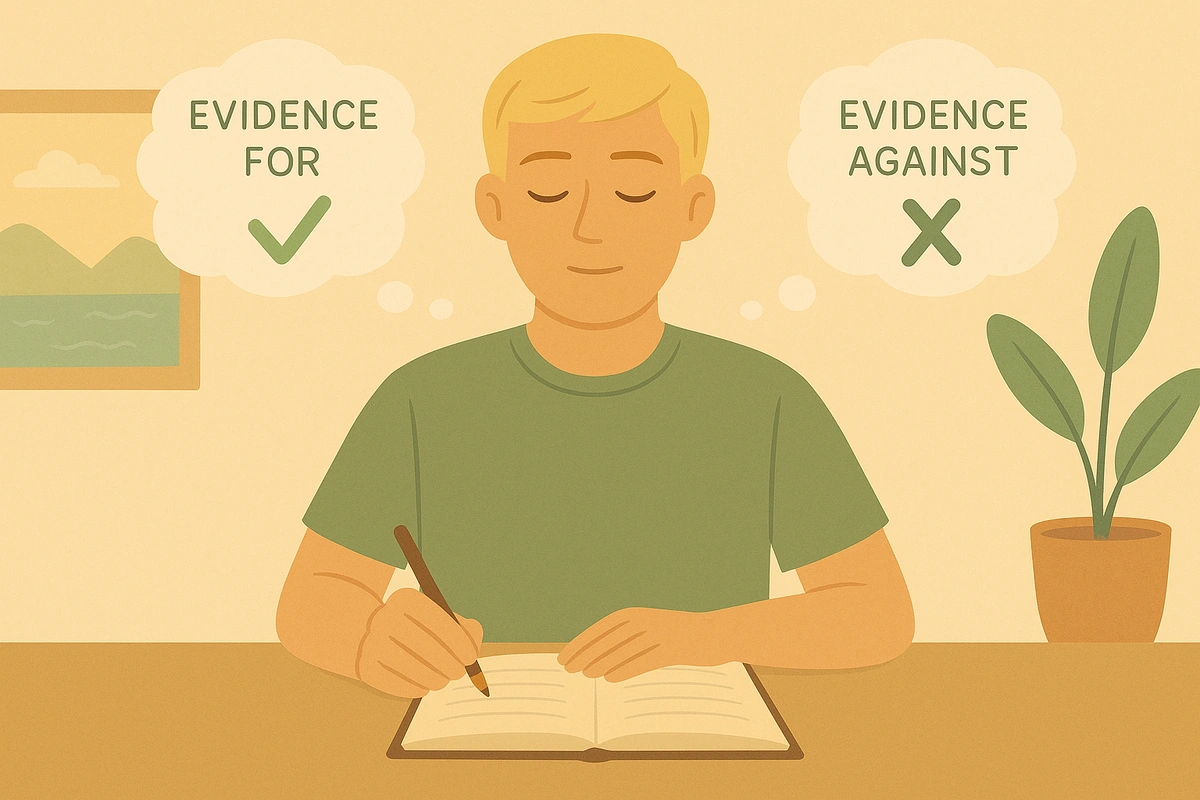
Your mind is constantly interpreting events and making predictions about what might happen, but sometimes these interpretations become distorted by anxiety, depression, or stress. Think of your anxious thoughts like witnesses in a courtroom - they might seem very convincing at first, but they could be unreliable or biased. The Evidence For vs. Against technique helps you become the judge in your own mental courtroom, carefully examining the facts before reaching a verdict.
When you're caught in the grip of a distressing thought like "I'm going to embarrass myself" or "Something terrible will happen," your emotional brain takes over and the thought feels absolutely true. But feelings aren't facts, and this technique teaches you to activate your logical brain to examine whether your thoughts are based on solid evidence or just fear and assumptions. By systematically looking at both sides of the story, you can develop more accurate, balanced perspectives that reduce anxiety and help you make better decisions based on reality rather than worry.
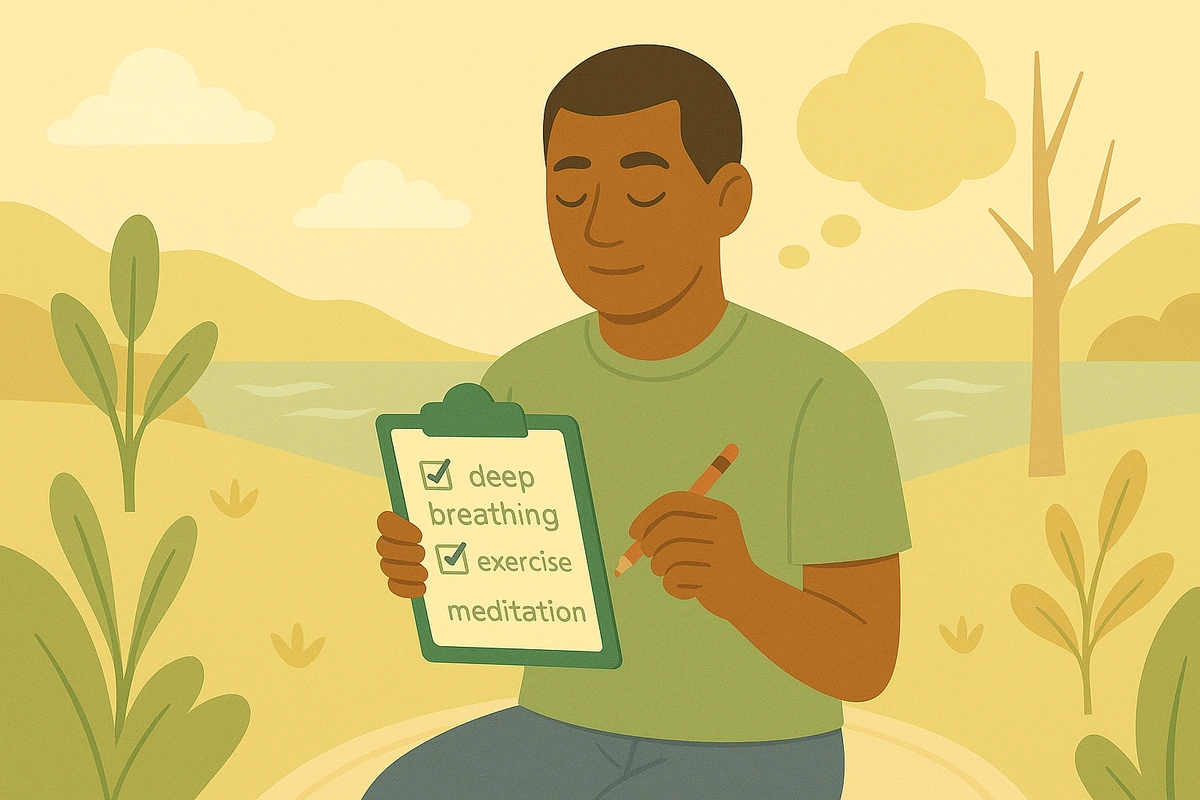
Think of your anxious thoughts as witnesses in a courtroom who might be unreliable or biased. Instead of taking their testimony at face value, behavioral experiments help you gather actual evidence about what really happens when you face your fears. Your anxiety often acts like an overprotective friend who warns you about dangers that don't actually exist, keeping you safe from imaginary threats while limiting your real opportunities for growth and connection.
Unlike regular exposure therapy that focuses on getting used to anxiety, behavioral experiments specifically test the accuracy of your predictions about what will happen. You're not just facing your fear - you're conducting a scientific investigation to see if your worried thoughts match reality. Most people discover that their anxiety has been like a faulty smoke detector, going off for burnt toast when there's no actual fire. This evidence-based approach builds genuine confidence because you learn through experience that you're more capable and the world is less dangerous than your anxiety suggested.
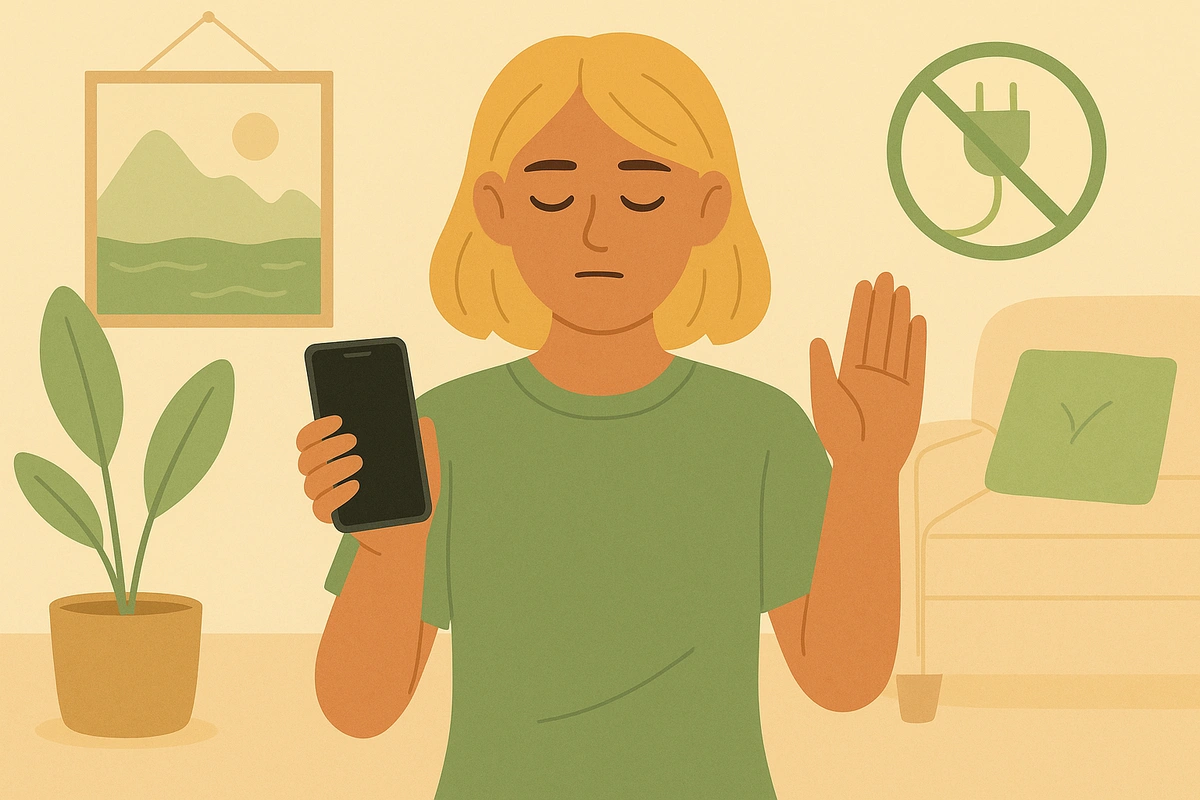
Setting healthy technology boundaries protects your nervous system from the constant barrage of notifications, bright screens, and digital stimulation that can trigger your brain's stress response. Your nervous system acts like your body's control center, constantly processing information from your environment. When overwhelmed by too much digital input, it can get stuck in "fight-or-flight" mode, leaving you feeling anxious, scattered, and unable to truly relax.
Modern life exposes us to unprecedented levels of digital stimulation through smartphones, computers, tablets, and streaming services. Research shows that more screen time is associated with more severe symptoms of depression, anxiety, inattention and aggression, with teenagers with 4 hours or more of daily screen time being more likely to experience anxiety symptoms (27.1%) or depression symptoms (25.9%) compared to those with less screen exposure. Creating intentional boundaries around technology use allows your nervous system to reset, helping you feel more centered and emotionally balanced.
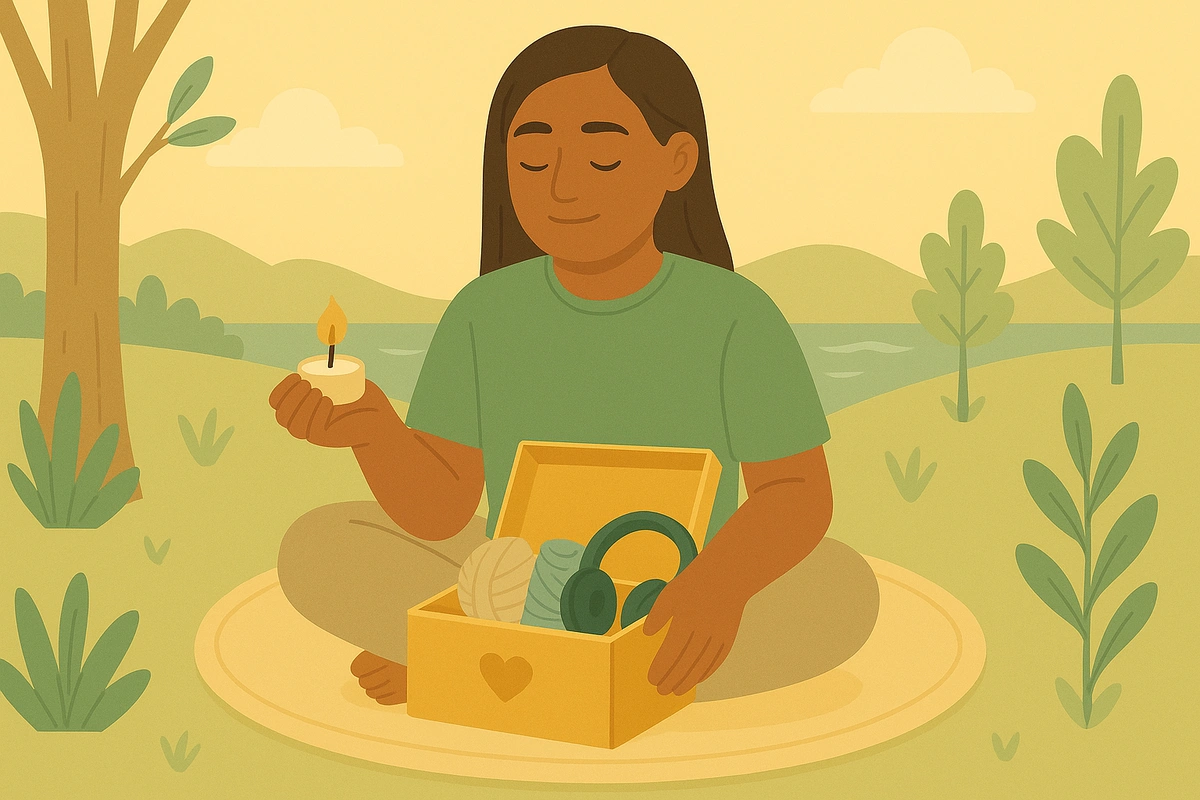
Creating a sensory comfort box harnesses the power of your five senses to interrupt the body's stress response and activate your parasympathetic nervous system. This evidence-based technique works by redirecting your brain's attention away from overwhelming thoughts and emotions toward immediate, tangible sensations that ground you in the present moment.
Think of your nervous system like a fire alarm that sometimes goes off when there's no real danger. Your sensory comfort box acts like a reset button, sending calming signals through multiple sensory pathways to tell your brain "you're safe now." This multi-sensory approach is particularly effective because engaging different senses simultaneously can interrupt anxious thought patterns and provide faster relief than single-sense techniques alone.
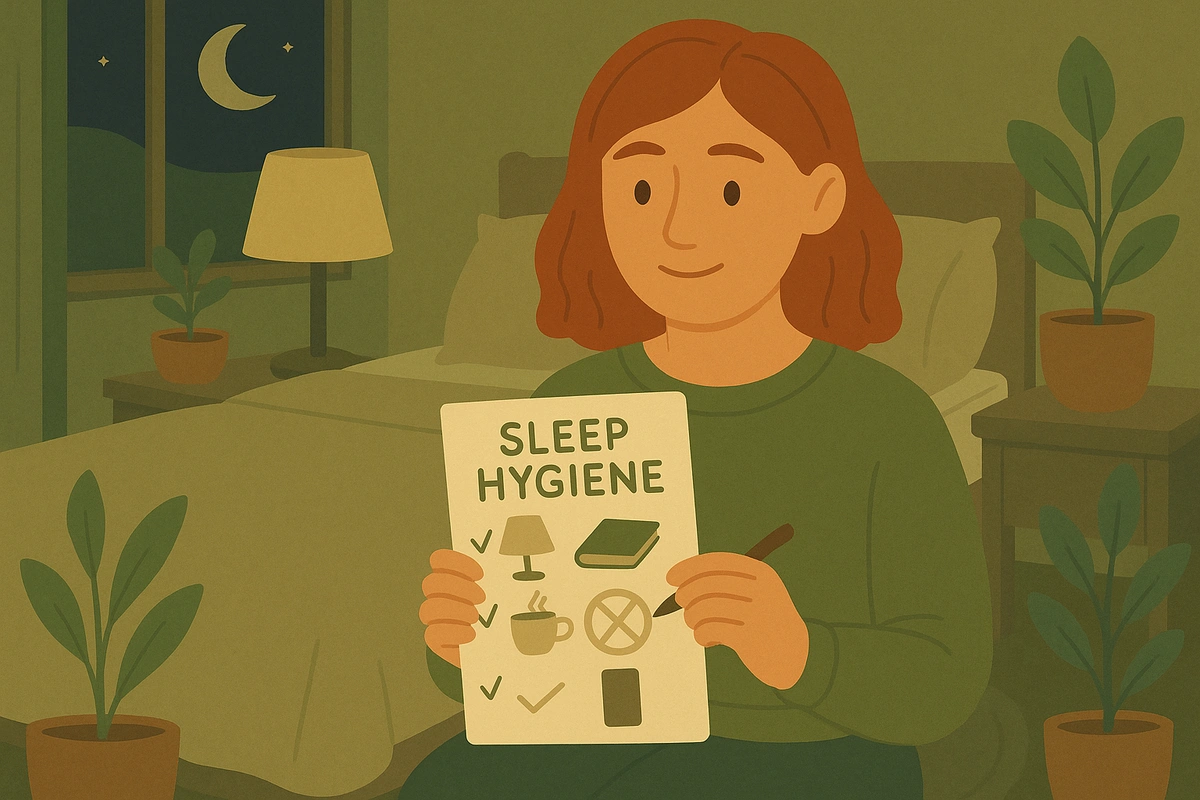
Establishing proper sleep hygiene involves creating and maintaining bedtime routines and environmental conditions that support your body's natural sleep-wake cycle. Think of sleep hygiene like brushing your teeth - it's a daily practice that prevents problems and maintains health, but for your nervous system rather than your dental health.
Sleep disturbances affect approximately 50% of individuals with anxiety, creating a challenging cycle where anxiety disrupts sleep and poor sleep worsens anxiety. Good sleep hygiene breaks this cycle by providing your brain and body with predictable signals that it's time to transition from the alertness of day to the restoration of night. When you follow consistent sleep practices, you're essentially training your nervous system to recognize bedtime cues and respond by releasing calming hormones like melatonin while reducing stress hormones like cortisol.
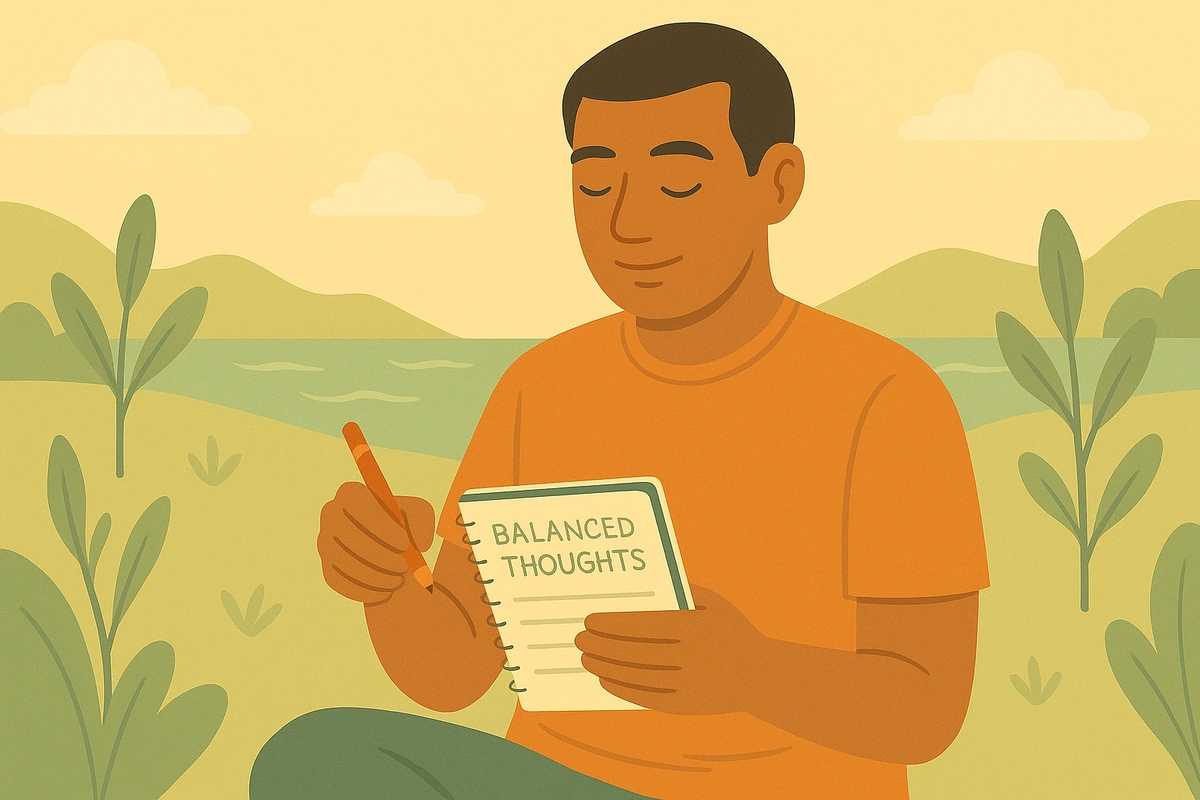
Balanced thought writing is a cognitive-behavioral technique that teaches you to recognize, examine, and replace automatic negative thoughts with more balanced, realistic alternatives. Think of your mind like a courtroom where negative thoughts act as the prosecutor, presenting only one side of the story. Balanced thought writing helps you become both the defense attorney and the judge, ensuring you hear all the evidence before reaching a verdict.
This structured journaling approach helps break the cycle of distorted thinking that contributes to anxiety, depression, and emotional distress. Research shows that CBT techniques like thought challenging can be highly effective for managing various mental health conditions by helping you develop more accurate and helpful thinking patterns. When you consistently practice examining your thoughts objectively, you build new neural pathways that support healthier emotional responses to life's challenges.
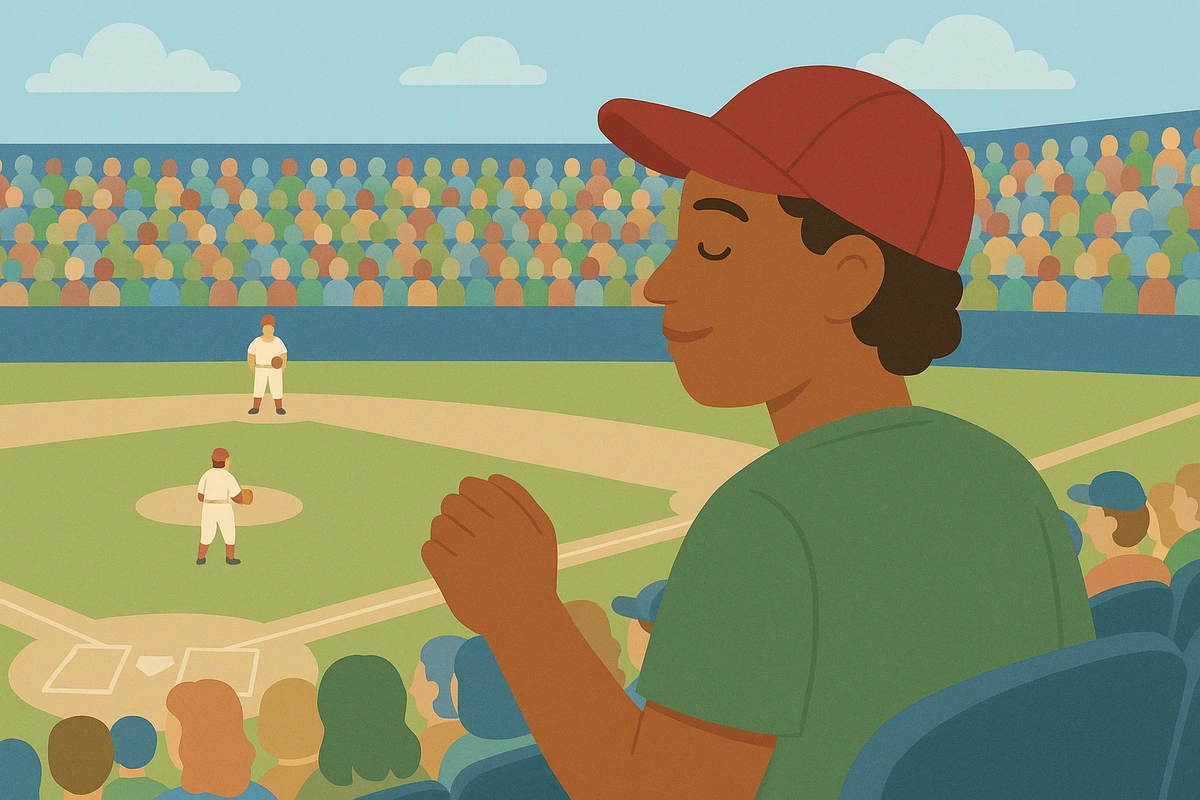
Scheduling meaningful activities involves deliberately choosing and committing specific time to engage in pursuits that align with your values, bring satisfaction, or provide a sense of accomplishment. This fundamental behavioral activation technique serves as your brain's "reset button" when depression or low mood tries to convince you that nothing matters.
Your natural tendency during difficult emotional periods is to withdraw from activities that once brought pleasure or meaning. This protective response might feel logical in the moment, but it actually feeds the very problem you're trying to escape. Reducing activities that are meaningful to us over time usually has the effect of making us feel worse, creating what psychologists call the depression spiral. By intentionally scheduling and following through with meaningful activities, you interrupt this downward cycle and give your brain fresh evidence that positive experiences are still possible.
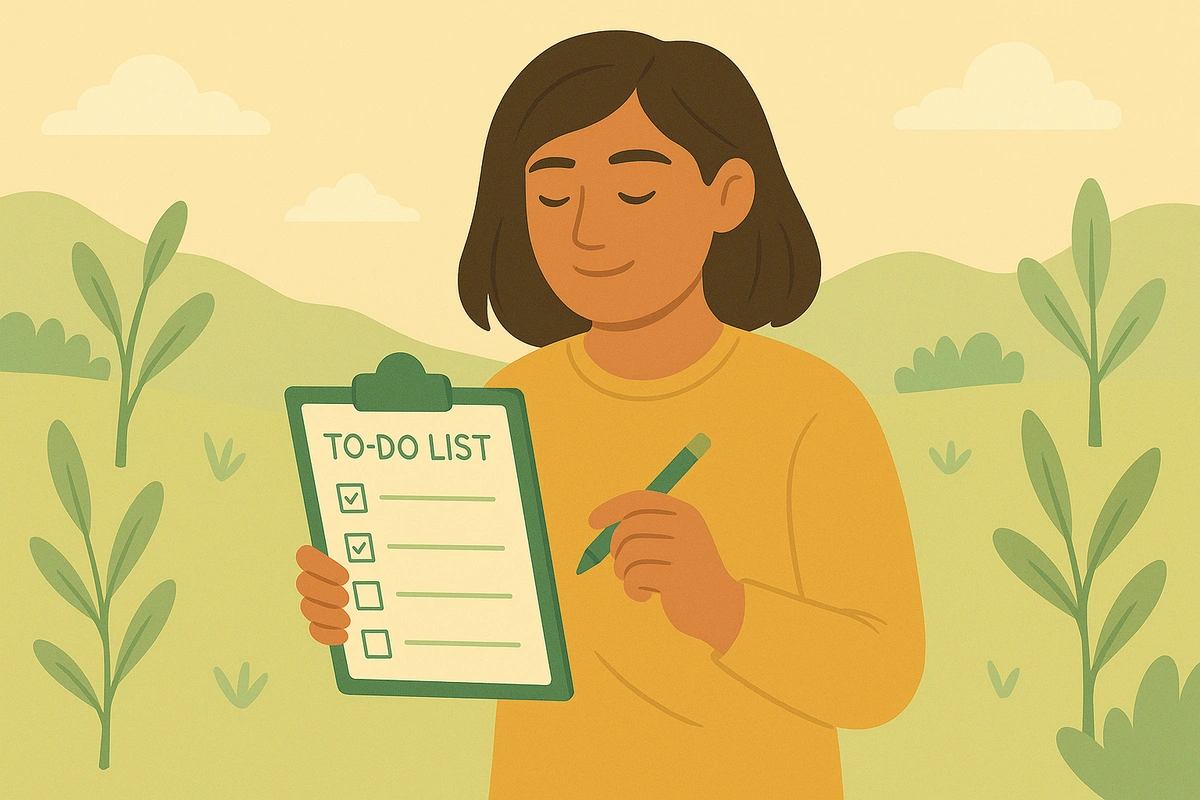
Reducing avoidance behaviors means deliberately identifying and gradually confronting situations, people, or activities that you typically avoid due to anxiety or fear. This fundamental exposure therapy technique works like physical therapy for your emotional responses - by taking manageable steps toward what you fear, you teach your brain that these situations are actually safer than your anxiety suggests.
Avoidance behaviors might seem logical in the moment because they provide immediate relief from uncomfortable feelings. However, this protective response actually feeds the very problem you're trying to solve. Each time you avoid something that triggers anxiety, you reinforce the message to your brain that this situation is truly dangerous and must be escaped. This creates what psychologists call the anxiety-avoidance cycle, where avoiding anxiety-provoking situations maintains and often increases both the fear and the avoidance behavior over time.
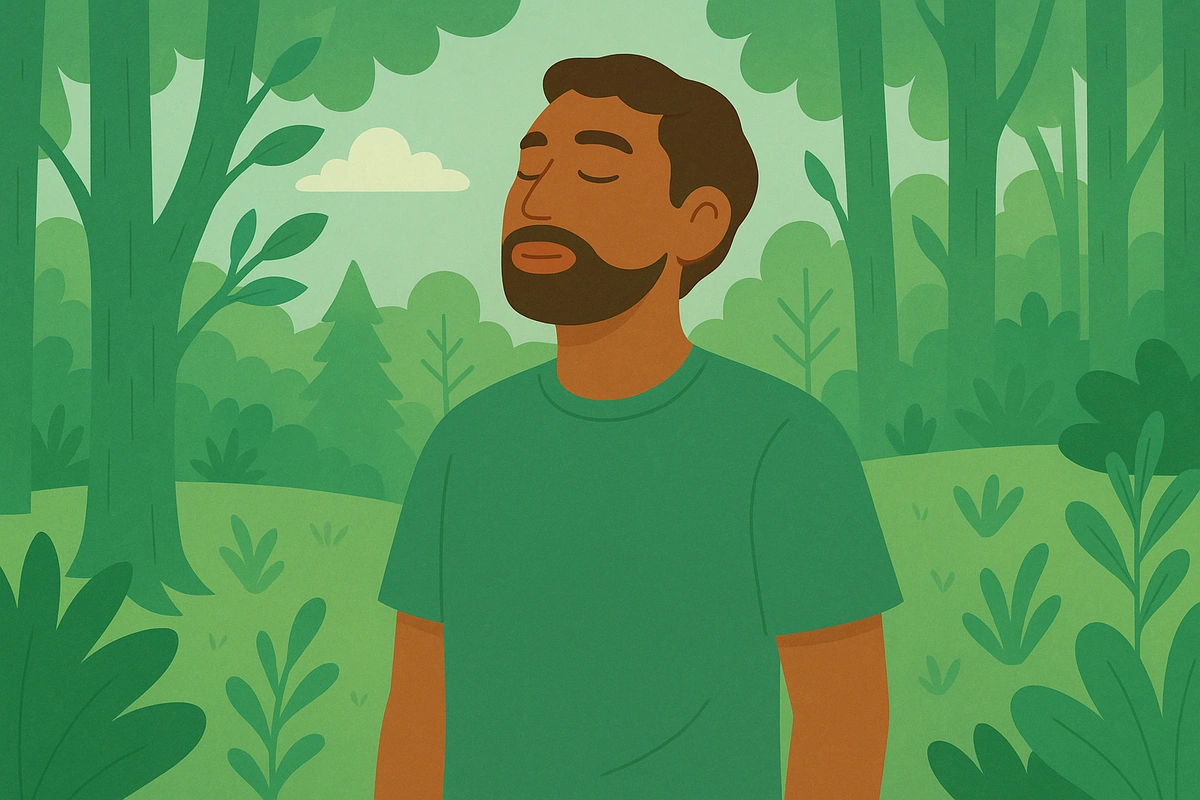
Nature exposure means deliberately immersing yourself in natural environments through mindful awareness and sensory engagement with your surroundings. Rather than simply being outdoors, this practice involves intentionally connecting with nature through all your senses, allowing the natural world to restore your mental and emotional equilibrium.
Your brain is evolutionarily wired to find comfort and restoration in natural settings, but modern life often disconnects you from these healing environments. Research consistently shows that even brief periods of mindful nature exposure can significantly reduce stress hormones, lower blood pressure, and improve mood. This isn't just about "getting fresh air" - it's about actively engaging with nature in ways that allow your nervous system to shift from stress mode into restoration mode, creating measurable improvements in both mental and physical well-being.
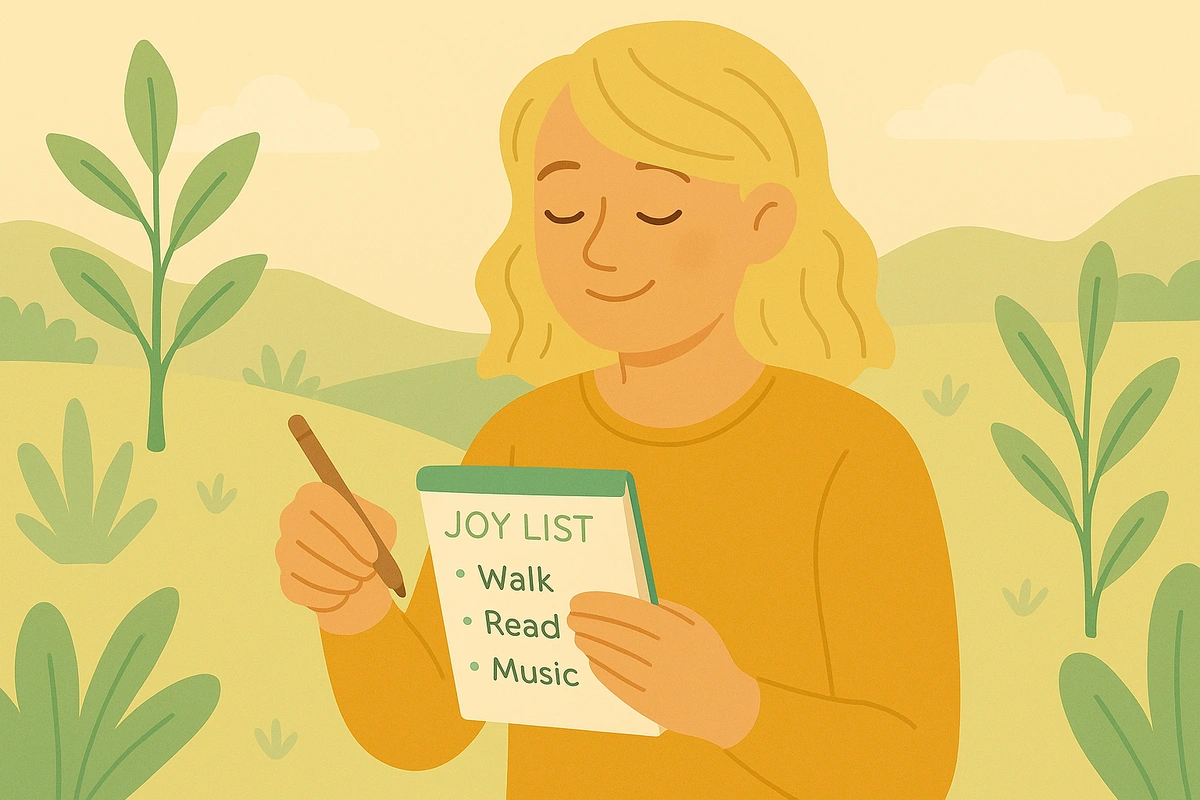
The joy list exercise involves creating and regularly using a personalized collection of small, immediately accessible activities that reliably boost your mood and motivation. This simple but powerful technique helps you actively counteract symptoms of depression and anxiety through brief, intentional actions that activate your brain's natural reward pathways.
Your brain is naturally wired to seek rewarding experiences through dopamine, known as the "feel-good" hormone that plays crucial roles in motivation, mood, attention and more. Think of dopamine like your brain's internal reward notification system - it signals when something feels good and motivates you to repeat that experience. When you're struggling with low mood or motivation, this system often needs intentional activation through small, meaningful activities rather than waiting for motivation to strike naturally.